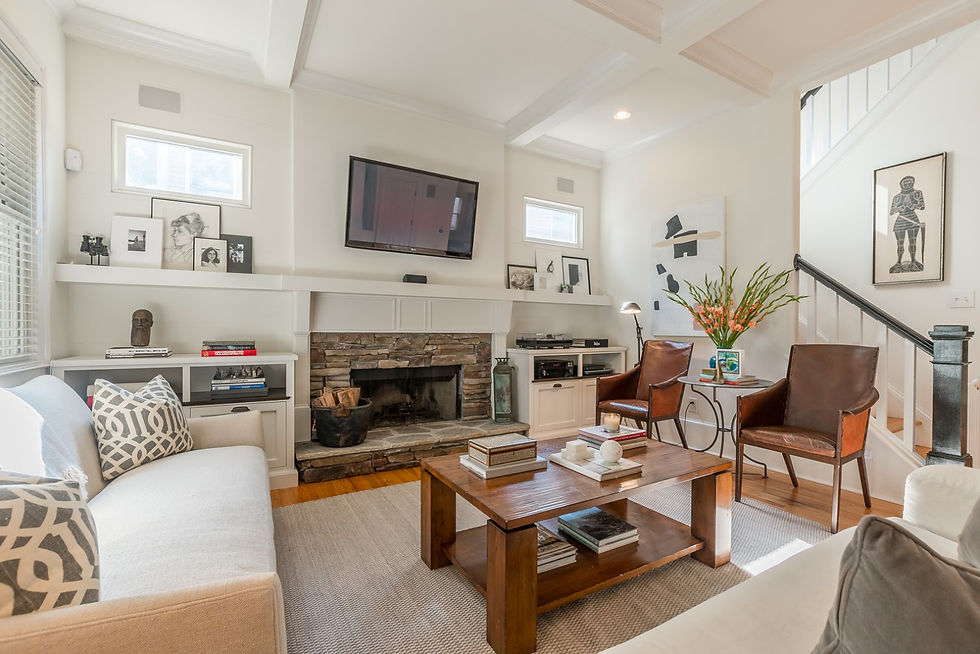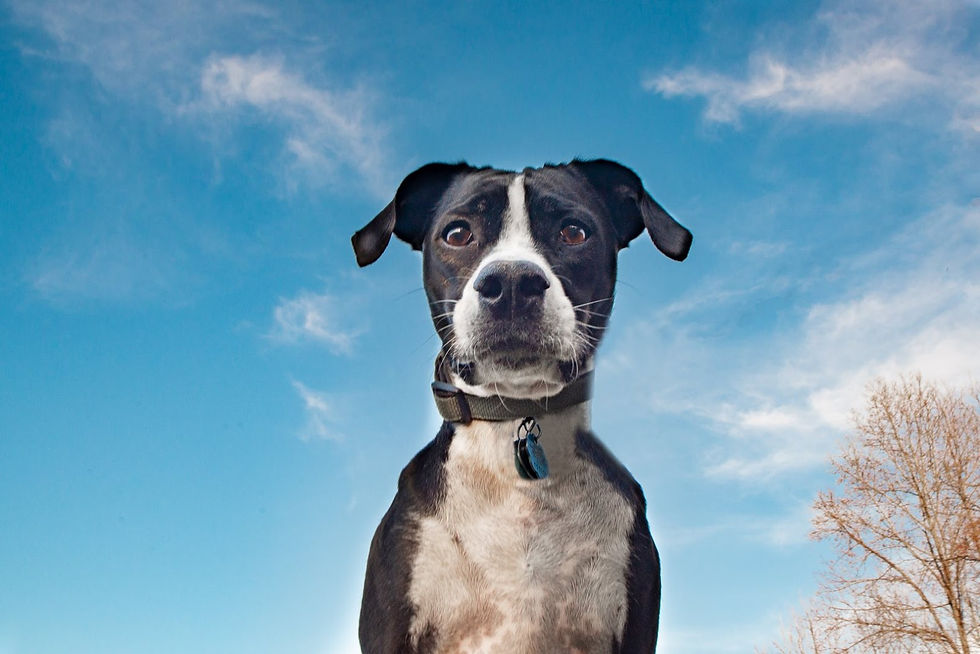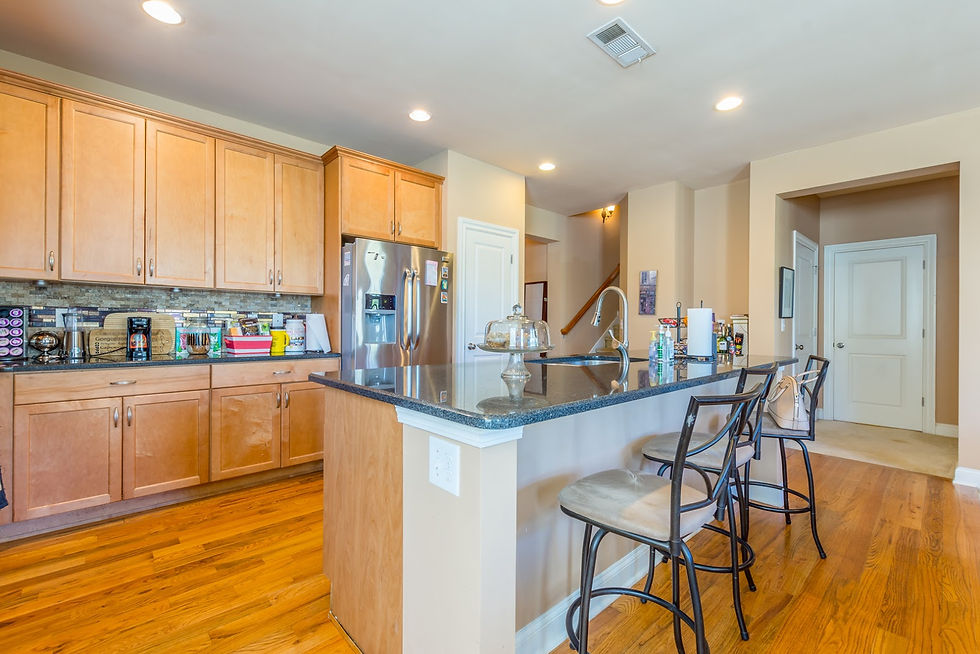Staging a Property for Real Estate Photography
- service48813
- Nov 29, 2019
- 5 min read
Updated: May 21, 2020
Why Stage a House for Real Estate Photos?
Proper staging for real estate photography accomplishes two things. It beautifies the space, making it aesthetically pleasing to the viewer, which helps them to form an emotional connection. It also detaches the space from the current owner/occupier so that the viewer can imagine how their own life would be in the space without the distracting realization that someone already lives there.
A key principle here is dehumanization. A professional stager or photographer should remove or hide anything that makes human life possible in a practical way. This includes trash cans, cleaning products, hygiene products, disposable items, food in disposable packaging, unattractive or heavily used towels and textiles, and anything that isn’t specifically decorative or that doesn’t belong in the type of space that it is currently in (fitness equipment in a bedroom, for example).
The gold standard is a vacant, staged model home, but this is rarely achievable when photographing an occupied home, so balance is key. A professional stager or photographer will do their best with what they have while using their time efficiently.

A well-staged space will be beautiful and stylish without any indication of the current owner’s lifestyle or habits. Prospective buyers should be able to picture themselves in the space as the owner, not as a guest, and their new life should be attractive, organized, and comfortable.
Pets
People love their pets! Because of this, they couldn’t imagine someone being put off by seeing their furry loved one or its things in pictures of the home. The truth is, some people may be allergic to certain types of animals, or they may dislike the species altogether. If real estate photos include pets or evidence of pets, they will be eliminating a substantial percentage of the possible buyers.
A professional stager or real estate photographer will be sure to remove any food and water bowls, kennels, cat trees, toys, pet beds, and the pets themselves. If it is impossible to remove a pet item, or it is a feature of the property, like a built-in aquarium, for example, it should be made as presentable and attractive as possible.

How did you react to this picture? Did it make you smile? Did it make you cringe? Would it surprise you to hear that many people would have the opposite reaction? Remember that even the most adorable pets can be polarizing. (Photo: landrumlens.com)
Be Considerate
Some homeowners may feel that their home will look best if it looks “lived-in”, but this is usually just a projection of their feeling of possession over the space. They want their home to look like their home in the pictures. Remember though, that the new buyer is buying their new home, not the previous owner’s lifestyle.
That being said, a professional stager or real estate photographer will have to know when to push back, and when to concede. They will need to consider the feelings and preferences of the owner and listing agent. If they want a photo with the dog on the bed, for example, the photographer should go ahead and take it, but then take one more without the dog for safety. The agent may later realize that they are losing potential buyers with dog allergies and then use the photo without the dog.
This is also true with lifestyle items and kitschy decor. A good real estate photographer should feel free to suggest moving or removing anything that might be too specific to the current owner’s lifestyle, but they shouldn’t be dogmatic if the owner pushes back. It’s better to maintain a good relationship with the agent and the owner than to force the best quality photos on them. In the end, the appearance of the home as represented in the photos is the owner’s choice.
It isn’t always necessary to remove all framed personal photos, only distracting or inappropriate ones, so the photographer or stager should leave this decision up the owner or agent while offering suggestions.
Most real estate photographers will not move any items that belong to a tenant in a rental property. This is because of the greater risk of liability when the photographer is contracted by the owner and not the tenant. They may make suggestions, but they should rely on the agent or tenant to move or hide unattractive items.

A poorly or incompletely staged home will look like this. Notice the cluttered countertops? The brightly colored items distract the eye while the volume of items implies an unorganized, busy life, and the refrigerator magnets are specific to the owner’s lifestyle. All of these issues may make it difficult for a prospective buyer to picture their own lifestyle in this space.
20 Tips for Staging a Home
The photographer will usually require that the home is fully staged and ready before they begin shooting. If there is a need to move things from room to room during the shoot, they should photograph as much as possible before moving those items so they won’t have to be moved several times. In many situations, the best method is to shoot a large closet or storage room and then move everything that should be hidden into that area. The photographer will then be free to shoot the rest of the home without interruption. Here are a few practical suggestions that will help any listing to be photo-ready.
Interior:
Hide all trash cans. Put them in closets, tuck them behind the vanity or the toilet, or put them in the tub. Just hide them from the point of view of the camera.
Hide pets and pet items.
Remove any brightly-labeled products from countertops and bathrooms (including showers). This usually means any consumable products that weren't designed to be decorative.
Turn on all the lights, including lamps. If some of the lamps in a room are inoperable, you will want to turn the other lamps in the area off while leaving the built-in lighting on.
Turn off all ceiling fans. It’s better to leave the light off if it can’t be turned on without the ceiling fan.
Remove sponges, dish soap, scrubbers, stoppers, and dish drains from around the kitchen sink. Sometimes you can put them in the sink since the lens will not often see into it.
Remove excessive or colorful rugs, not including area rugs. This would include kitchens and bathrooms.
Put all window blinds in the down/closed position with the blades open or flat to let in light from the outside. The curtains should also be open and neat.
Make sure bedding is neat, and decorative pillows are arranged in an attractive way.
Interior passage doors should be open, while storage room and closet doors should be closed.
Exterior:
There should be no vehicles in the driveway or directly in front of the home.
Garage doors, gates, and entry doors should be closed.
Trash cans should be out of sight.
The realtor sign shouldn’t be visible.
Outdoor spaces should look ready for entertaining (furniture should be set up and orderly, umbrellas should be open, remove grill covers, etc.)
Swimming pools and water features should be uncovered and clean (when seasonally appropriate).
Interior window treatments should be as uniform as possible.
Consolidate toys and pet items, preferably out of sight.
There shouldn’t be any holiday or seasonal decorations.
Grass and gardening should be recently groomed.
Great real estate photography begins with careful, thoughtful, and purposeful staging. If you look at every space from the perspective of a neutral home-buyer, you will quickly see that less is usually more, and lots of decorative personality isn’t always a good thing (unless it’s the personality of the property itself). Keep it simple, clean, stylish, and neutral. In the end, sellers will love you for it.
- Noah Wright, Real Image Pros




Comments